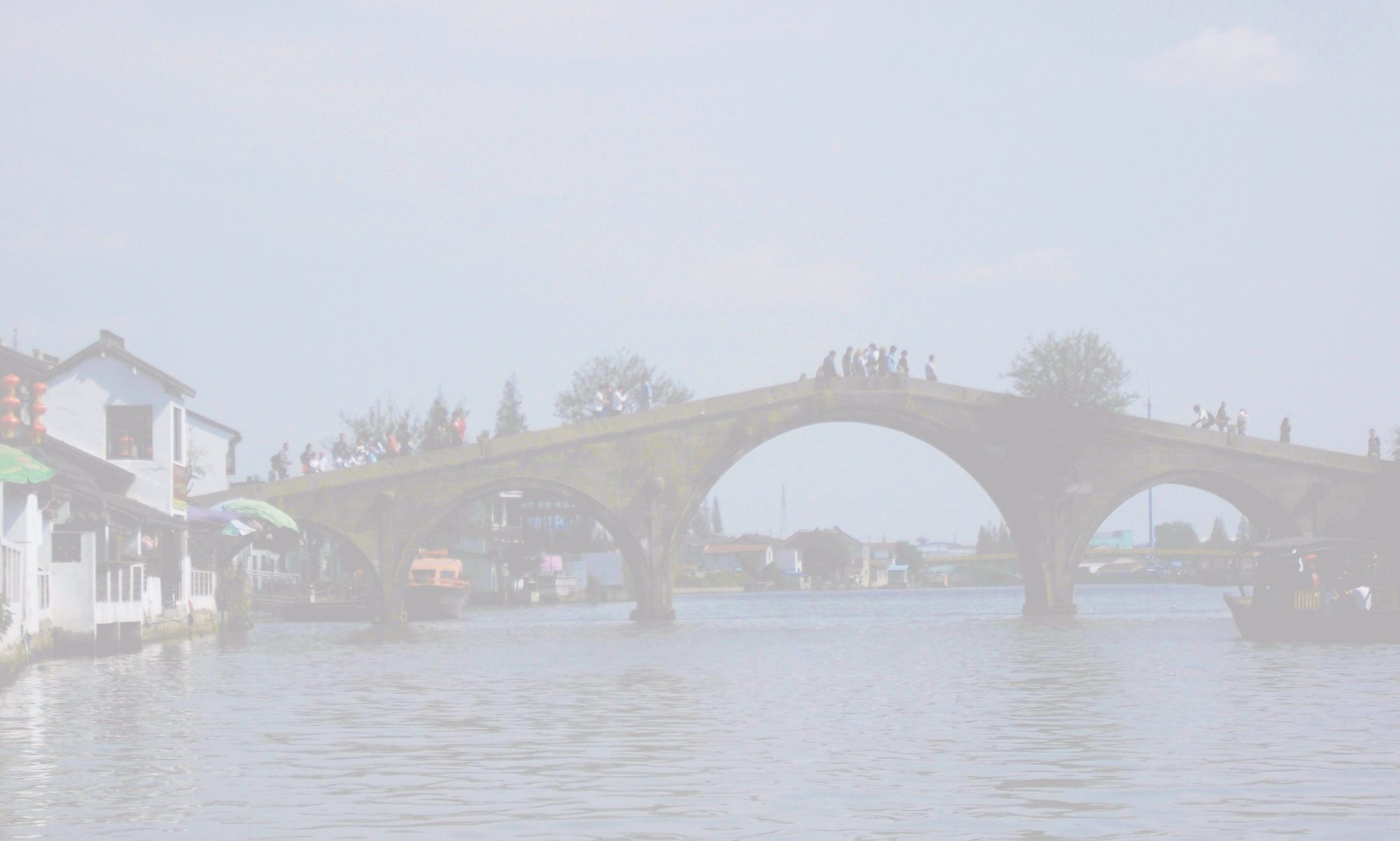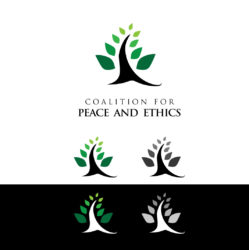People learn and communities teach. Both people and communities preserve knowledge through its production and dissemination.
People learn by producing knowledge. People produce knowledge to learn for general ends, perhaps clustered around a principle of self improvement; perhaps around a sense of the improvement of the world around them. learn to improve themselves. People produce knowledge to more specific ends; perhaps production revolves around an understanding of the social or physical environment in which people are situated; perhaps much more specifically because they encounter an obstacle to whatever trajectory they have defined as moving them toward some goal or objective. These goals can be as simple as hanging a picture on a wall to the most profound exploration of self and collective consciousness.
Communities teach to mold individuals for very specific purposes, purposes that may have less to do with learning than with control. Knowledge, then, becomes a toolkit for purposes other than the value inherent in knowledge, its production, or the learning that might be extracted from it. Communities, then, teach to disseminate specific knowledge to specific ends. These usually take two forms—first to create economic utility, that is teaching to markets; second, civic education, to take one’s place within social, political, religious and other regulating hierarchies. This was as true in the United States as it was in the Soviet Union or in theocratic states. Through the 20th century, then, instruction was meant both to impart knowledge and to socialize the student to a particular set of social, cultural, political, religious and economic premises. Teaching was both an exercise in knowledge and ideology.
All of this was possible because communities controlled knowledge; individuals were dependent on states or other organizations which gathered knowledge in universities, in libraries, in monasteries, or similar places. These spaces warehoused knowledge, and the keepers of these warehouses became the authenticators of its value or legitimacy. Knowledge was “good”–that it is had communal and therefore personal significance– only if certified by a professor, priest, librarian, publishing house, government minister or the like. Control of these vaults meant control over the outflow of information and the shaping of knowledge packages to be imparted to individuals. Knowledge was never produced raw—it has always been packaged by these keepers and directed to an audience expected to be passive and receptive. The power to control the packaging of knowledge—what and how to convey information, and to control the meaning of these knowledge cores—also produced the power to shape the individual mind to conform to the expectations and needs of those who taught. The resulting knowledge spirals shaped individual expectations and perceptions of the world around her.
But technology has liberated knowledge from institutional control. Individuals can control what they learn and from whom. Individuals can learn form themselves and teach others without the mediating role of communities. Globalization has freed knowledge from the constraints of borders of any kind, including the borders of those who would construct and police knowledge in their own image and control its dissemination.
That liberation makes possible a different type of knowledge production, and a different type of learner. That liberation also opens the possibilities to different types of learning. At the same time, communities, now more fluid and permeable, may project learning (and produce it to the extent that is possible) internally to their communities in new and flexible ways (constrained only by the ideologies that hold these communities together). Simultaneously, communities can project learning outward, not as blunt instruments of socialization or conformity (well managed and coercive among powerful communities) but as flexible tools that empower the community itself.
Individuals now have agency. They may more directly seek specific knowledge cores to suit their needs. They have the power to more deeply embed themselves in knowledge structures, or liberate themselves form them. At the same time, the agency of communities–directed through their institutions–should also be enhanced as the tool kits of knowledge production and dissemination become more nuanced and attuned to the times. Technology and the logic of globalized engagement will lijkely ensure that both ther needs of the times and those of individuals and communities will change constantly. Individuals are more empowered to learn by access to knowledge acquired piecemeal. These knowledge cores can then be assembled to suit the interests of the student to produce spiraling clusters of knowledge cores that educate the student in ways that she controls. The knowledge sheep have become their own shepherds. And the importance of authentication has become much more narrow as people learn to teach themselves. Individuals are more empowered to learn by access to knowledge acquired piecemeal. These knowledge cores can then be assembled to suit the interests of the student to produce spiral clusters of knowledge and information that educate the student in ways that she controls.
__________
The object of this CPE Knowledge/Spiral Cluster Project is broad. Its core objective is to enhance the power of individuals to control their own learning, and to permit them to acquire knowledge their own way. Rather than have a teacher control the shape and scope of knowledge, to meet a predetermined set of learning objectives, these exercises provide students with knowledge cores they can acquire and assemble as they like. Each core is structured to provide a related cluster of knowledge.
Core structures will utilize traditional and emerging technologies: video; books (in a variety of formats), and other means.
These knowledge cores can be spiraled deeper into the subject or they can be spiraled outward by assembling any number of these knowledge core bursts into a larger picture. Knowledge cores provide a structured brief building block of knowledge. These provide a foundation for directing knowledge acquisition. Spiral clusters are built from combinations of knowledge cores.
The student can fully control the way she consumes by following information where ever it suits her. Instead of having the teacher guide, and control the relationship between the learner and what is to be learned, the student assembles knowledge cores in spiraling clusters. The student can follow her interest where ever it takes her. She can move forward, double back, explore detail or move forward. And the student decides where when and how she learns, what it means and how it can be used. The object isn’t to pass a test, an act where students are rewarded for repeating back what they have been asked to absorb. Instead mastery of the knowledge for the purpose for which it was acquired is main object.
To that end knowledge must be produced and disseminated. It may be interpreted and provided in a form that “consumable” in the sense of providing a means through which the student can approach and utilize knowledge, and to craft its scope and meaning in ways that suit each of them (and in a larger sense the society in which they must operate to to the norms of which they must at least practice an outward conformity).
But independence from control does not mean isolation. Individuals have always formed communities of learners and can profit from guidance. But these cores and clusters suggest that guidance should be undertaken freely, like the acquisition of knowledge. Knowledge cores provide a structured brief building block of knowledge. These provide a foundation for directing knowledge acquisition. Spiral clusters are built from combinations of knowledge cores. Spiral clusters can be structured by the instructor—the form, progression, connections and lessons of knowledge, the knowledge cores and spiral clusters—or the student can assemble these to suit their own interests. You decide; you control. Welcome to a new way of learning and growing, where both are in your hands.

